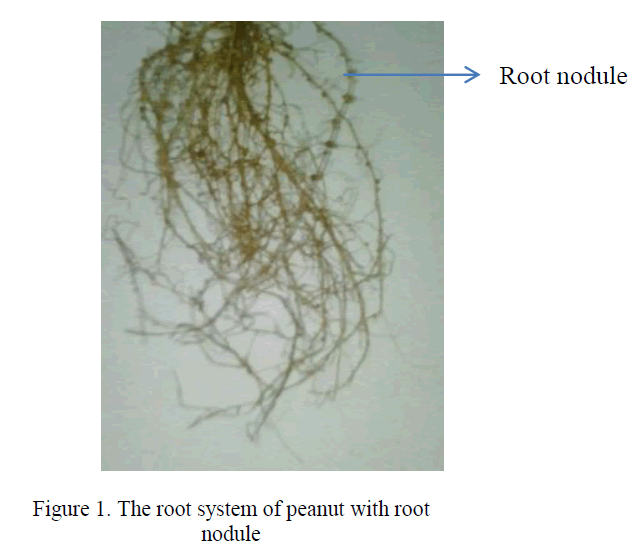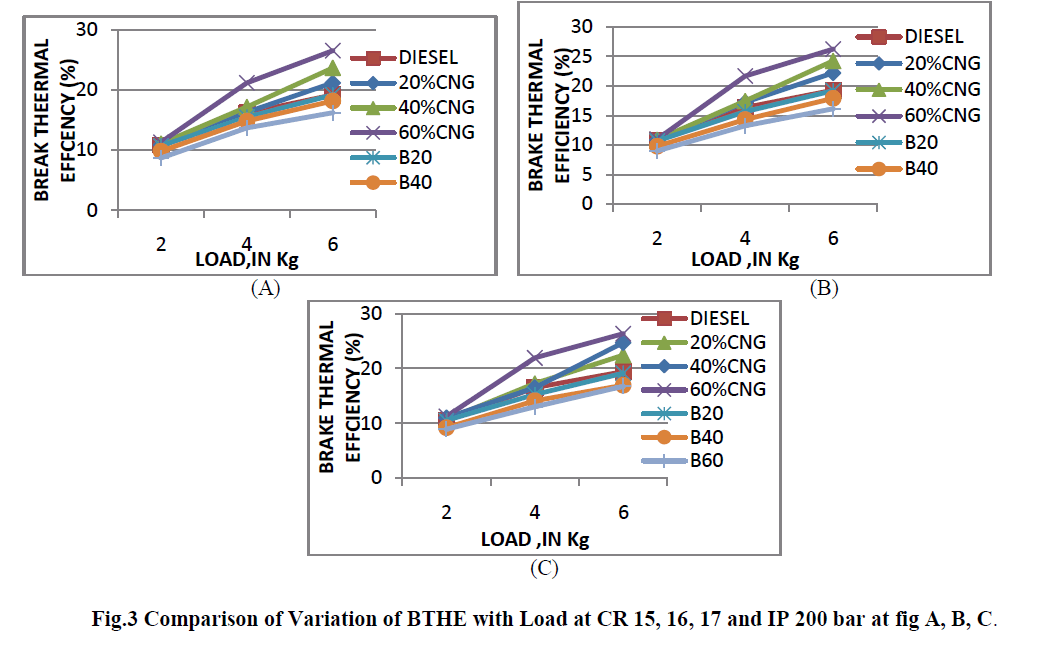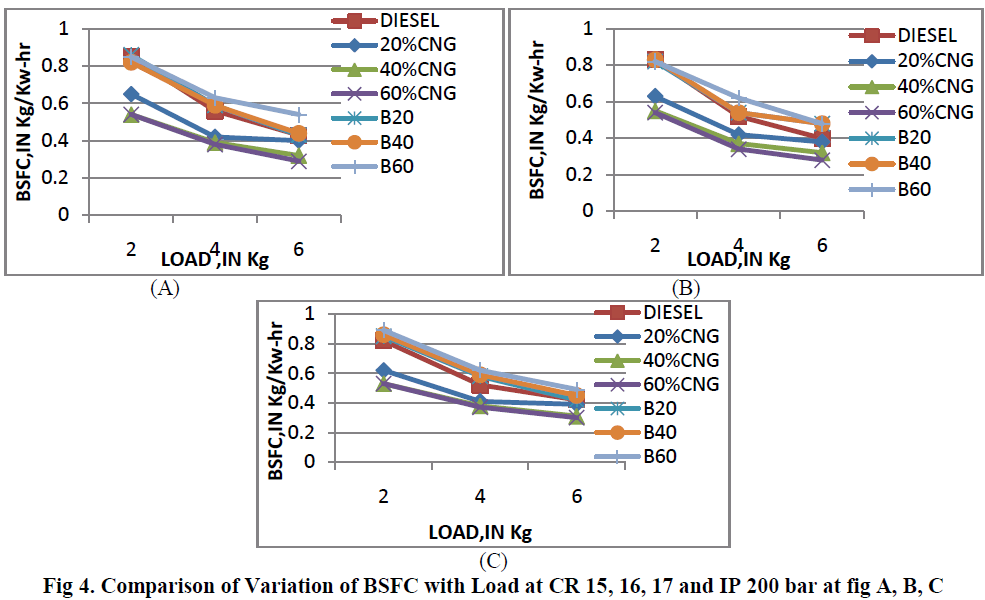ISSN ONLINE(2319-8753)PRINT(2347-6710)
ISSN ONLINE(2319-8753)PRINT(2347-6710)
| Ben Thomas, Prof. A. Jothilingam Department of Production technology, Madras Institute of Technology, Anna University, Chromepet, Chennai, India. |
| Related article at Pubmed, Scholar Google |
Visit for more related articles at International Journal of Innovative Research in Science, Engineering and Technology
The project presents 3D object identification using structured light technique. Object identification techniques look for specific set of cues in the image whose range of values will form a set. Though 2D object identification has numerous applications and is in practice for a long time, the capabilities are restricted to 2D feature set and anytime beyond that will demand multi-sensory information. 3D vision techniques provide volumetric information, shape profile and size with depth information. Structured light technique is one of the robust and highly suited methods for industrial applications such as inspection which doesn’t demand the controlled environment like stereo technique. The method uses a camera which records intensity images and a light projector which projects a strip of light on the scene. The object to be reconstructed to extract features of object recognition is placed in the conveyer since this method works more like a line scan camera in principle. The point of intersection of the camera and light source make the angle of triangulation which varies with depth of the object. After reconstructing the scene, the features of interest are extracted. After extracting the feature of the object the dimensional information is matched with the CAD model that is already imported from the CAD software. If it matches correctly then the components are sorted accordingly.
INDEX TERMS |
| 3D Image processing, Structured light technique, CAD based matching |
INTRODUCTION |
| The eye is one of the most important organs of the human body and our skills greatly depend on our ability to see, recognize and distinguish objects and to estimate distances. As amazing as the human sense of vision may be, we must acknowledge that today's production technologies more and more often extend well beyond the limits of human visual capacities. This is where machine vision technology comes in. |
| While imaging through the standard camera the images are recorded using a two dimensional array of sensors that generates electronic response relative to the intensity of light falls on it. So in such case the third dimensional information is omitted from the explicit recording. This third dimensional information is needed in obtaining the volumetric information of the object. |
| Structured light method used in three dimensional image processing which is similar to the stereo vision technique in which one of the camera is replaced with the pattern projector. Unlike stereo, the structured light technique is robust where it tolerates the variation of ambient light to certain extent. This makes the structured light technique highly applicable for industrial application. |
| Object identification is one of the primary tasks in part handling industries. Assume two different objects which have same base area but both are truncated at different angles. Consider these two objects are texture less. This scenario demands third dimensional information where the object can be identified only with the information resides in that information |
| CAD matching is a technique used in which the CAD data is used to match the 3D data that is acquired by the 3D image processing technique. If the dimensional parameters of the acquired model match with the CAD data then the object is considered to be good and they are sorted accordingly. |
STRUCTURED LIGHT TECHNIQUE |
| 3-D vision techniques are categorized under the active methods of 3-D vision techniques which basically release some energy into the scene for the purpose of depth estimation. Some literatures refer to structured light method as a hybrid method since it adopts an active pattern projector and a passive camera. Structured light technique is well known for its industrial applications as its immunity towards ambient light made it robust. In simple words, the structured light technique is a method of reconstruction of a scene through the deformation of projected light pattern which happens as a function of the object geometry. So with this projected pattern the efficiency of structured light is decided. The pattern may be specially coded light sequence like grey codes, colour codes or it can be a cross, concentric circles, mesh, parallel strip or a straight line. Some of the patterns are given in Figure 1. |
 |
| Internal parameter includes five linear and one non-linear parameter. The linear intrinsic parameters are focal length, image sensor size and principle point. The focal length of an optical system is a measure of how strongly the system converges or diverges light. For an optical system in air, it is the distance over which initially collimated rays are brought to a focus. A system with a shorter length has greater optical power than one with a long focal length; that is, it bends the rays more strongly, bringing them to a focus in a shorter distance. Longer focal length leads to higher magnification and a narrower angle of view; conversely, shorter focal length or higher optical power is associated with a wider angle of view. |
| 2 .External parameters |
| Rotation and translation are the intrinsic parameters which denote the coordinate system transformations from 3D world coordinates to 3D camera coordinates. Equivalently, the extrinsic parameters define the position of the camera Centre and the camera’s heading in world coordinates. Translation is not the position of the camera. It is the position of the origin of the world coordinate system expressed in coordinates of the camera-centered coordinate system. |
| There is belt driven conveyer on which the objects are placed and the images are taken by the camera continuously. After that the 3-D model of the object is created using the machine vision software HALCON and the dimensional parameters of the components are measured, compared with the CAD data that is imported from the CAD software CATIA. After identification of the component and also the dimensions are within the tolerance limit of the component the object is sorted accordingly. |
| For sorting the components we use the pneumatic ejectors which are controlled by the PC. A schematic diagram is shown in figure 3. |
 |
3-D RECONSTRUCTION |
| When the object is passed through the conveyer, the object is scanned and reconstructed through structured light technique by projecting a thin luminous straight line of pattern which is generated by a laser line projector, onto the surface of the object that is to be reconstructed. Then the image of the scene with projected line is captured using a camera. The three dimensional reconstruction of the surface of an opaque and diffuse reflecting solid is done by using an area scan camera and a light line projector. The plane of projection of the laser line called the light plane is the plane carrying the optical axis of the stripe light. |
| The optical axis of the camera and the light plane form an angle α, which is called angle of triangulation. In general the value of the angle of triangulation is typically chosen between 300 and 600. The points of intersection between the laser line and the camera view depend on the height of the object. Thus, if object onto which the laser line is projected differs in height, the line is not imaged as a straight line but represents a profile of the object, by moving the solid in front of the measuring system; it is possible to record the whole surface of the solid. As an alternative, the measurement system can also be moved over the surface under measurement. |
| At first the base laser line is determined. The variation in the projected laser strip is recorded. Entire object is sliced into many numbers of images. They recorded in column by column fashion. The disparity is accumulated in each row. These images are integrated to generate the 3d model of the object. Figure 4 shows the reconstructed 3D model of the object. |
 |
 |
| convert into drawing exchange file format so that the HALCON will be able to read the CAD designs. The CAD file that is read by the HALCON can be used for comparing the 3D model that is reconstructed by using structured light. The dimensional information obtained by the structured light reconstruction can be compared with the CAD data and thus we will be able to find whether the dimensions meet within the tolerance limit. If it lies within tolerance limit the component is considered to be OK and it is sorted accordingly. Special coded patterns can also be used in this system. The information obtained by reconstruction can be sent to a robotic manipulator for part handling. |
References |
|